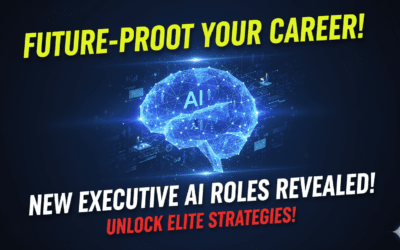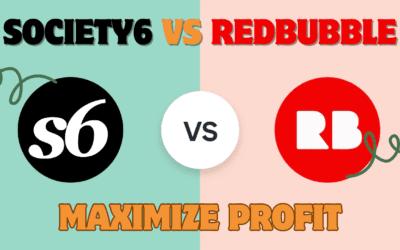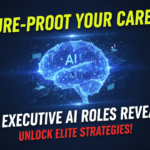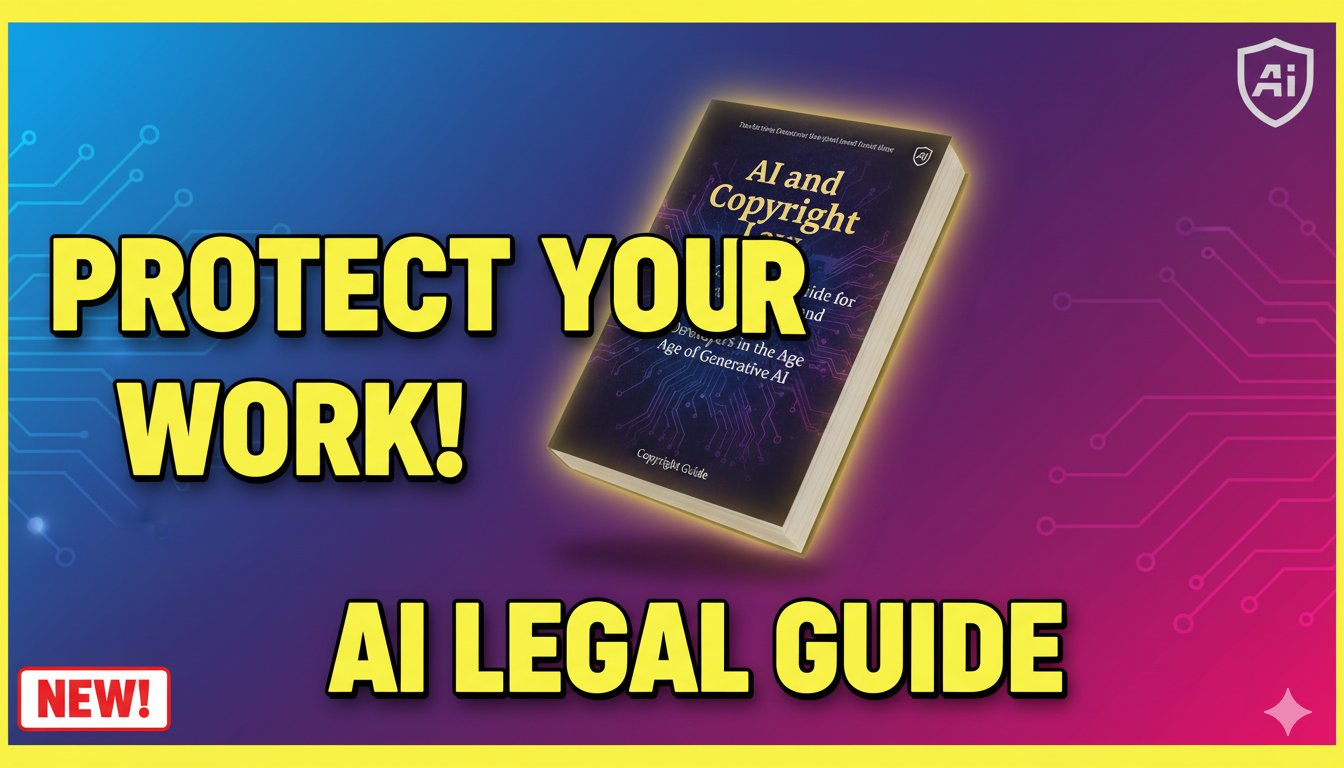Introduction
Artificial intelligence is no longer a futuristic concept—it’s a core driver of enterprise strategy. However, as AI adoption accelerates, organizations face unprecedented risks, including regulatory penalties, data breaches, and ethical missteps. In fact, less than 2% of CEOs can identify where AI is actively used within their organizations or fully understand its associated risks. This gap highlights an urgent need for structured AI management & governance—a system of policies, controls, and oversight mechanisms that ensure AI is deployed responsibly. Enterprises are now responding by creating dedicated leadership roles, such as the “Head of AI” or Chief AI Officer (CAIO), to bridge accountability gaps and align AI initiatives with business objectives. This article explores how these roles are shaping the future of enterprise AI.
Why AI Management & Governance Matters
AI’s transformative potential is undeniable, but its ungoverned use introduces significant risks. For instance, 73% of consumers are more loyal to brands that transparently explain their AI usage. Conversely, failures in AI management & governance can lead to reputational damage, regulatory fines, and operational disruptions.
Key drivers include:
- Regulatory Pressure: Regulations like the EU AI Act impose fines of up to €35 million or 7% of global revenue for non-compliance.
- Ethical Concerns: Bias in AI algorithms can lead to discriminatory outcomes, as seen in cases like the COMPAS software used in sentencing decisions.
- Competitive Advantage: Organizations with robust governance frameworks deploy AI faster and with greater confidence, turning compliance into a differentiator.
Roles like Head of AI: Emerging Leadership in AI Governance
To address these challenges, enterprises are establishing specialized roles focused on AI management & governance. These positions centralize accountability and provide strategic direction. For example, recruitment for Chief AI Officers has tripled in the past five years, and the U.S. federal government has mandated that all federal agencies appoint a CAIO.
The most prominent roles include:
- Chief AI Officer (CAIO): The primary executive responsible for AI strategy, risk management, and cross-functional coordination.
- Head of AI: Often reports to the CAIO and oversees the implementation of AI initiatives within specific business units.
- Responsible AI Program Leader: Focuses specifically on ethics, bias mitigation, and compliance.
These roles often work alongside existing executives, such as Chief Data Officers and CIOs, to integrate governance into the organization’s fabric.
Responsibilities of AI Governance Leaders
Leaders in AI management & governance bear a wide range of responsibilities, from strategic planning to operational execution. Below is a breakdown of their core duties:
These leaders also collaborate with legal, cybersecurity, and compliance teams to create multidisciplinary governance structures.
Real-World Examples: Head of AI in Action
While specific company names like Morgan Stanley, GM, or Walmart are not detailed in the search results, the trends are clear. For instance, IBM has established an AI Ethics Board and an Integrated Governance Program to review AI products and services. Similarly, many financial institutions and healthcare organizations now employ CAIOs to navigate sector-specific regulations, such as the OCC’s model risk management guidelines for banking.
Challenges in AI Management & Governance
Implementing effective AI management & governance is not without obstacles. Common challenges include:
- Accountability Gaps: Without clear ownership, AI initiatives can operate in silos, increasing risk.
- Technical Complexities: Issues like model drift, data quality, and adversarial attacks require specialized expertise.
- Cultural Resistance: Employees may distrust AI systems or fear job displacement, hindering adoption.
Overcoming these hurdles requires a proactive approach, including executive sponsorship and organization-wide training.
Best Practices and Actionable Insights for AI Governance
Enterprises can build resilient AI management & governance frameworks by adopting the following best practices:
- Establish Clear Ownership
- Embed Governance into Workflows
- Prioritize Continuous Monitoring
- Align with Global Standards
- Foster an AI-Ready Culture
Conclusion
Formal AI management & governance is no longer optional—it’s a strategic imperative. Roles like the Head of AI and CAIO are critical to ensuring that AI initiatives deliver value while mitigating risks. By establishing clear accountability, embedding governance into development workflows, and aligning with global standards, enterprises can harness AI’s full potential responsibly. Start building your governance framework today to position your organization for success in the AI-driven future.
Sources and References
- World Economic Forum: AI Governance Trends
- Harvard Business: AI-First Leadership
- AI21: AI Governance Frameworks
- ModelOp: AI Governance Roles
- WP Fastest Cache: Importance of AI Governance
- Forbes: AI Leadership
- Liminal: Enterprise AI Governance Guide
- IBM: What is AI Governance?
- Modern Data 101: AI Governance Best Practices
- AI Data Analytics Network: Chief AI Officer Guide


















